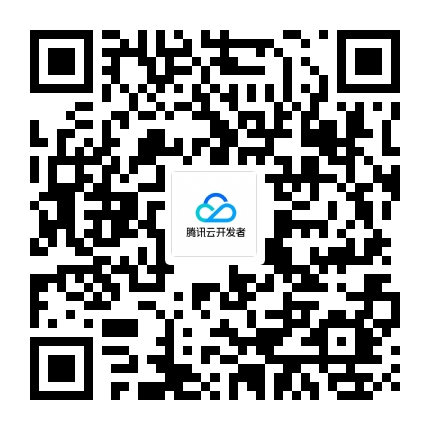linux 触摸屏 输入
在Linux系统中,触摸屏输入的处理通常涉及到多个组件和驱动程序。以下是关于Linux触摸屏输入的基础概念、优势、类型、应用场景以及常见问题及其解决方法:
基础概念
- 输入设备驱动:Linux内核中有专门的驱动程序来处理不同类型的输入设备,包括触摸屏。常见的驱动程序包括
evdev、libinput等。 - 事件处理:触摸屏输入通过事件(如触摸、滑动、释放)传递给系统,这些事件由输入子系统处理并分发给相应的应用程序。
优势
- 多平台支持:Linux系统广泛支持各种硬件平台,包括嵌入式设备、桌面电脑和服务器。
- 灵活性:Linux内核模块化设计使得添加新的输入设备驱动变得相对容易。
- 开源社区支持:庞大的开发者社区提供了丰富的资源和解决方案。
类型
- 电阻式触摸屏:通过压力感应来确定触摸位置,常见于低端设备。
- 电容式触摸屏:通过电磁感应来确定触摸位置,常见于高端设备。
- 红外触摸屏:通过红外线矩阵检测触摸位置。
应用场景
- 工业控制:在自动化设备和工业控制系统中,触摸屏用于操作界面。
- 消费电子:智能手机、平板电脑和智能家居设备中广泛使用触摸屏。
- 公共信息终端:如自助服务机、信息查询机等。
常见问题及解决方法
- 触摸屏无响应
- 原因:驱动程序未正确加载或配置错误。
- 解决方法:检查内核日志(
dmesg)以查看是否有驱动加载错误,确保驱动程序已正确安装并配置。
- 触摸屏坐标不准确
- 原因:触摸屏校准问题或驱动程序问题。
- 解决方法:使用
xinput_calibrator等工具进行校准,或检查驱动程序配置。
- 多点触控问题
- 原因:驱动程序不支持多点触控或配置错误。
- 解决方法:确保使用支持多点触控的驱动程序,并正确配置。
示例代码
以下是一个简单的示例,展示如何在Linux系统中使用libinput库来处理触摸屏输入:
#include <libinput.h>
#include <stdio.h>
#include <stdlib.h>
static void handle_event(struct libinput *li, struct libinput_event *ev) {
switch (libinput_event_get_type(ev)) {
case LIBINPUT_EVENT_TOUCHBEGIN:
printf("Touch begin at (%f, %f)\n",
libinput_event_touch_get_x(libinput_event_get_touch_event(ev)),
libinput_event_touch_get_y(libinput_event_get_touch_event(ev)));
break;
case LIBINPUT_EVENT_TOUCHEND:
printf("Touch end\n");
break;
default:
break;
}
}
int main() {
struct libinput *li;
struct libinput_context *ctx;
struct libinput_device **devices;
int ndevices;
li = libinput_path_create_context(&libinput_interface, NULL);
if (!li) {
fprintf(stderr, "Failed to create libinput context\n");
return EXIT_FAILURE;
}
ctx = libinput_context_get_default(li);
if (!ctx) {
fprintf(stderr, "Failed to get default context\n");
libinput_unref(li);
return EXIT_FAILURE;
}
devices = libinput_context_enumerate_devices(ctx, &ndevices);
if (!devices) {
fprintf(stderr, "Failed to enumerate devices\n");
libinput_context_destroy(ctx);
libinput_unref(li);
return EXIT_FAILURE;
}
for (int i = 0; i < ndevices; i++) {
libinput_device_add_ref(devices[i]);
libinput_device_set_event_callback(devices[i], handle_event);
}
libinput_dispatch(li);
libinput_context_destroy(ctx);
libinput_unref(li);
return EXIT_SUCCESS;
}这个示例展示了如何使用libinput库来处理触摸屏事件。实际应用中,可能需要更复杂的逻辑来处理不同类型的触摸事件和多点触控。

 云服务器
云服务器 ICP备案
ICP备案 云直播
云直播 腾讯会议
腾讯会议 对象存储
对象存储
